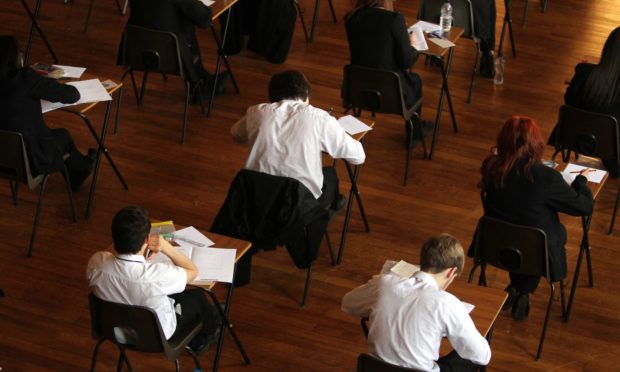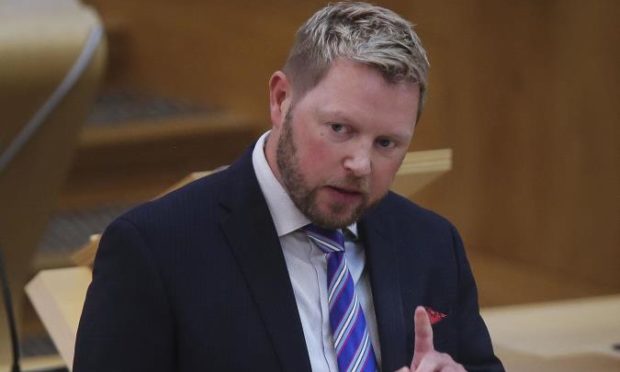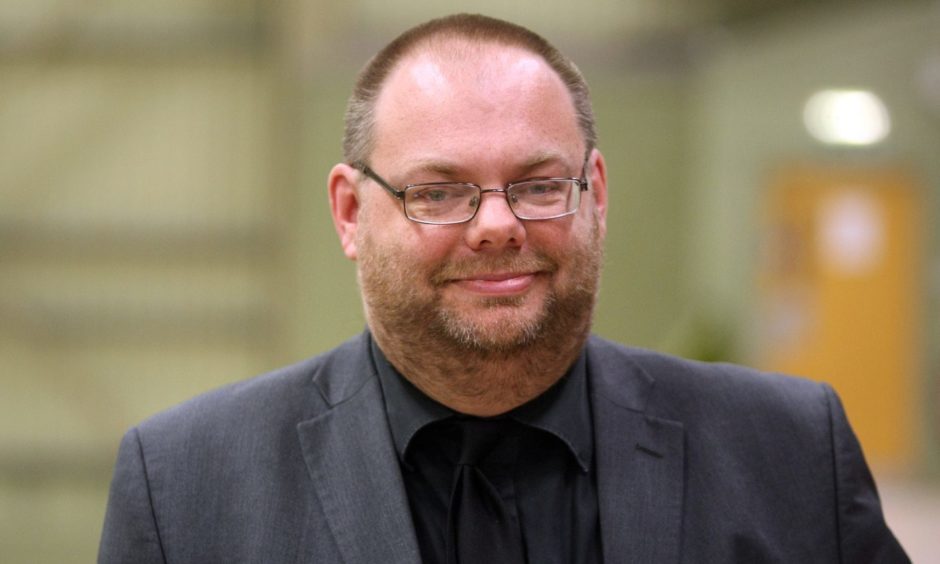Subject choices have declined for S4 pupils in the majority of Tayside and Fife schools over the last five years, new figures have revealed.
Data seen by The Courier shows almost three quarters of Scottish secondary schools saw subject choice, known as entries, narrow from 2014 to 2020.
The drop in choice has created a “postcode lottery” for Scottish pupils, according to Scottish Conservatives MSP Jamie Greene.
Decline in choice
The data, which was obtained by the Scottish Conservatives using Freedom of Information legislation, also shows a reduction in choice for fourth year pupils at a regional level.
In both Angus and Dundee, 87.5% of schools had narrowed entries, resulting in fewer choices for youngsters.
More than half (58.8%) of secondary schools in Fife offered fewer entries at S4 level, and 80% in Perth and Kinross.
National figures show 255 of Scotland’s 357 secondary schools saw entries narrow – 71.4% of all secondaries in the country.
It comes amid fears many fourth year pupils in the kingdom may have disengaged with remote learning and could leave school in the summer without obtaining any qualifications.
In November, Deputy First Minister John Swinney defended the subjects on offer and said he was “satisfied” with the broad range of choices for S4 pupils.
‘Postcode lottery’
However Mr Greene, who is education spokesman for the Scottish Conservatives, said the figures showed pupils had been “let down” by the decline.
He said: “This drop in subject choice is hugely damaging to our pupils, who must have access to the widest possible range of subjects to secure their career of choice.
“For John Swinney to suggest that the SNP is somehow expanding choice is at best a mistake and at worse an untruth.
“Like every other of his failures in education, on subject choice, on class sizes, on teacher numbers and on teachers’ workload, the whole system has been let down by him.
“The Scottish Conservatives raised the shameful postcode lottery over subject choice in repeated Holyrood debates, and every single warning has fallen on deaf ears.
“This is a prime example of what happens when all the SNP government’s focus is on another divisive referendum this year, rather than gearing Scotland’s pupils with everything they need to succeed.”
“Over the last decade our attainment, exam results and positive destinations has seen significant improvements but we know we have more to do.”
Councillor Stewart Hunter
Councillor Stewart Hunter, education convener at Dundee City Council highlighted city-wide efforts to increase opportunities for young people.
He said: “Over the last decade our attainment, exam results and positive destinations has seen significant improvements but we know we have more to do.
“Our schools now offer much more opportunities to our young people including Foundation Apprenticeships, National Progression Awards, Professional Development Awards and Scottish Group Awards.
“The result is that the number of young people taking these qualifications has increased substantially.”
A Scottish Government spokesperson said: “Young people can choose from a much broader range of pathways than before and there has been a year on year increase in the number of school leavers attaining vocational qualifications at SCQF 5 and above, including a significant expansion of Foundation Apprenticeships, from 7.3% in 2013-14 to 17.1% in 2018/19.
“The Senior Phase curriculum is a 3 year phase and it is important that, rather than looking at one year in isolation, we look at what young people are leaving school with. The number of school leavers to achieve qualifications equivalent to at least a Higher have increased from 58.1% in 2013/14 to 60.5% in 2018/19.
“The OECD’s Independent Review of Curriculum for Excellence will help us better understand how the curriculum is being implemented across the country. This work is examining the future of student assessment and qualifications approaches in the Senior Phase curriculum.”
REVEALED: Poorest pupils in Tayside and Fife attempting fewer subjects compared to five years ago












